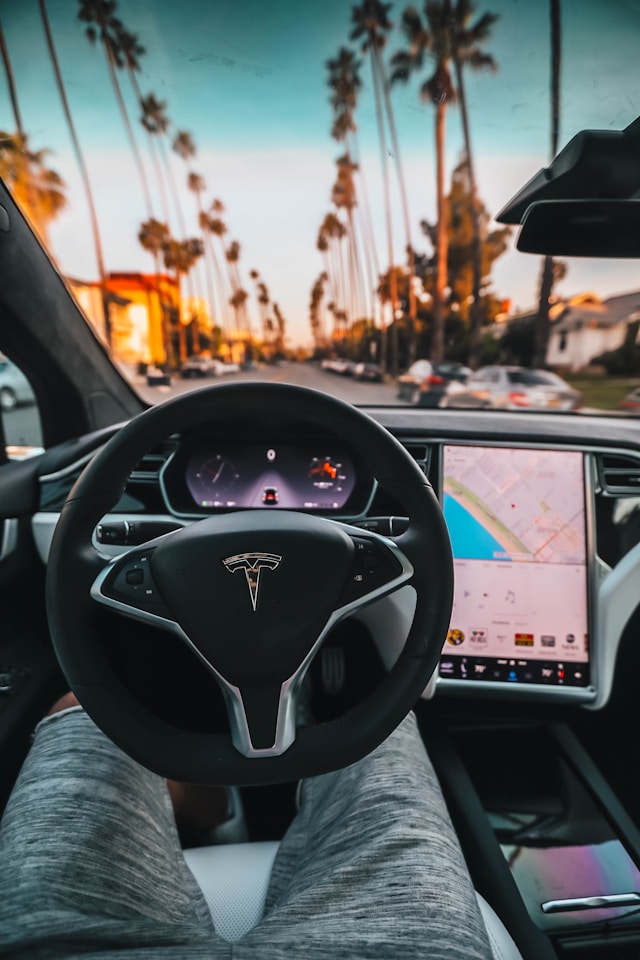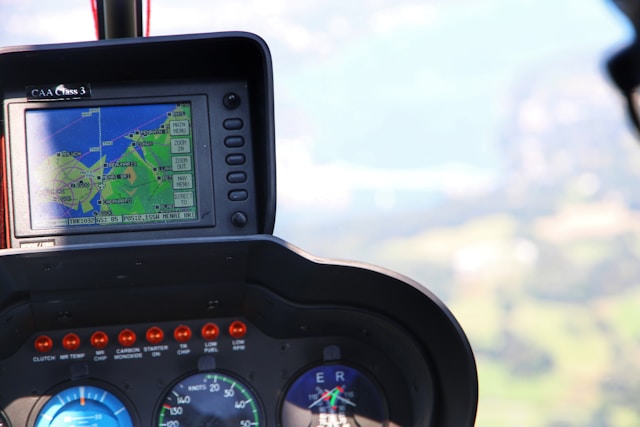Computers have played a great role in transforming the transportation industry, revolutionising how we transport goods and people. From self-sufficient cars to traffic control structures, computers have introduced approximately modern solutions that adorn efficiency, protection, and sustainability. In this post, we will explore the important role computer systems play in transportation and their impact on business and society.
Autonomous Vehicles

One of the biggest advances in computerised transportation is the development of self-driving engines. Computers and synthetic intelligence algorithms allow these vehicles to examine sensor statistics, make decisions and navigate without human intervention. Self-driving cars can increase road safety, reduce traffic congestion for visitors and improve fuel economy. Thanks to the continuous improvement of computing power and the popularity of the system, self-driving vehicles have become a reality and are reshaping the future of transportation.
Traffic Management
Computers are at the centre of today’s traffic control structures. Advanced computer algorithms examine traffic information collected from various sources consisting of sensors, cameras and GPS to optimize the flow of site visitors in real-time. By adjusting traffic signal timing, rerouting vehicles, and using predictive analytics, site visitor management systems can reduce traffic congestion, increase safety, and improve driving performance. These technologies are no longer the best for individual drivers but also contribute to environmental sustainability by reducing fuel consumption and emissions.
Public Transport and Smart Cities
Computers have also transformed public transport structures and contributed to the improvement of smart cities. Intelligent transport systems allow buses and operators to learn to display timetables, replace routes in real-time and offer passengers the right facts through digital displays and mobile applications. Computers power ticketing systems, passenger counting and sensors to monitor the performance of buses and trains. These technologies increase the reliability, efficiency and availability of public transport and contribute to the development of sustainable and connected smart cities.
Logistics and Supply Chain
Computers have revolutionised logistics and supply chain management. Advanced notebook algorithms optimize routing plans, inventory management, and transportation planning, minimising costs, reducing delays, and increasing efficiency. Real-time monitoring technology powered by computerized systems enables continuous monitoring of shipments, increasing visibility and transparency within the delivery chain. The integration of notebook structures among numerous stakeholders together with manufacturers, shippers and stores has streamlined the movement of goods around the world.
Challenges and Considerations
While computerised systems bring numerous benefits to shipping, some challenges and concerns need to be addressed:
1. Safety and Security: With increasing dependence on computers and complicated computer systems, protection and security are becoming vital concerns. Protecting autonomous vehicles and transport networks from cyber security threats and ensuring the reliability of computing structures is paramount.
2. Regulation and Policy: The rapid development of computerized transportation technologies requires appropriate rules and regulations to address prison and ethical implications. Standards need to be created for the control of self-driving cars, statistical privacy and cyber security.
3. Workforce Adaptation: Integrating computers into transportation structures requires a professional workforce capable of operating and maintaining this technology. Continuous training and upskilling of current personnel, coupled with instructional packages that address the evolving times, are critical to the successful implementation of fully computerized transportation systems.
Conclusion
Computers have transformed the transportation industry by enabling self-driving vehicles, improving site visitor control, improving public transportation, and optimizing logistics and delivery chain operations. These upgrades can beautify protection, reduce congestion and improve overall performance, leading to more sustainable and connected delivery systems in the long run. Solving challenging security, see royalejackpotcasino.com , legal and employee situations is important to ensure seamless integration of computerized structures in transport and release the full capabilities of these technologies. As the computer age continues to advance, we can expect similar transformative changes to shape the future of transportation.


